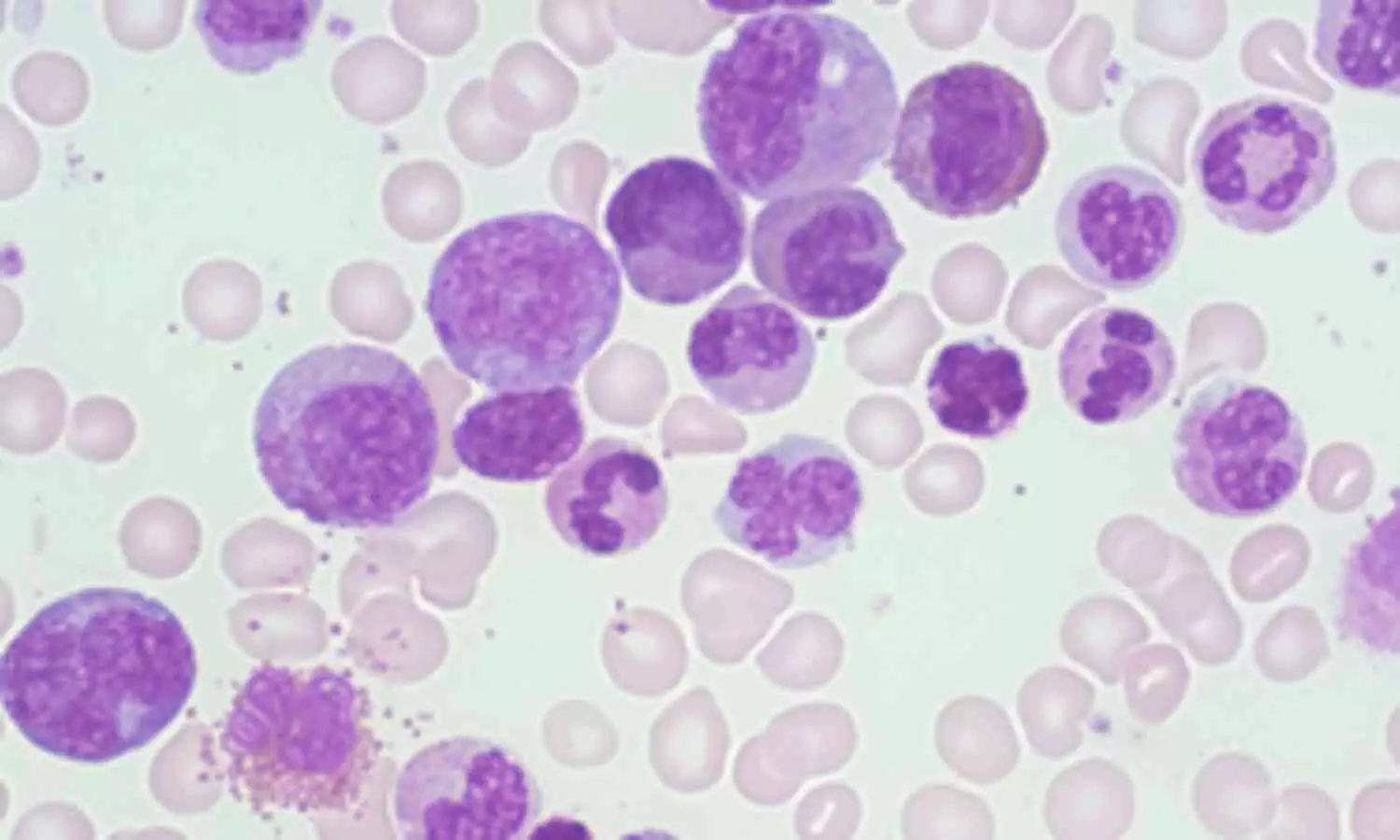Targeted Therapies Boost Outcomes in Bone Marrow Cancer Treatment

New Delhi: Patients with chronic myeloid leukemia (CML), a type of cancer of the bone marrow, are experiencing improved outcomes thanks to targeted therapies, experts stated on Monday. Inputs from IANS reveal that advancements in treatment have significantly shifted the management of CML in recent years.
CML is a slow-progressing cancer that affects the bone marrow and blood. According to estimates from the US National Institute of Health (NIH), 1.2 to 1.5 million people globally are living with CML. In India, the disease has seen a notable rise in recent years, with most diagnoses occurring in individuals aged 30-40 years. IANS further reported that the country’s cancer registries identify CML as the most prevalent form of leukaemia.
Indian cancer registries show that CML is the most common type of leukemia diagnosed in the country. A study previously reported the annual incidence of CML in India to be 0.8 to 2.2 per 100,000 population. According to IANS sources, these figures highlight the growing need for targeted treatment solutions in India.
The primary treatment for CML includes drugs known as tyrosine kinase inhibitors (TKIs) that target the BCR-ABL protein. Dr. Tulika Seth, Professor of Haematology at All India Institute of Medical Sciences (AIIMS), told IANS that the discovery of TKIs has revolutionized CML care. “In recent years, targeted treatments like TKIs have provided relief for patients, especially when resistance to first-line therapies develops. However, maintaining adherence to treatment and regular follow-ups are essential in managing disease progression effectively,” she said.
According to IANS reports, another significant drug, Asciminib, targets the ABL myristoyl pocket (STAMP). This targeted approach acts directly on the BCR-ABL protein, a genetic mutation that drives cancer cell growth in CML. Dr. Arijit Nag, Consultant of Clinical Haematology and Bone Marrow Transplant at Tata Medical Center, explained to IANS that monitoring BCR-ABL levels is crucial, even with these therapies. “In my practice, I have seen targeted therapies revolutionize CML management over the years. However, this does not mean CML is no longer a chronic illness. Regular follow-ups every three months are recommended after commencing treatment,” Nag said.
If CML progresses to advanced stages, resistance can develop due to mutations in the BCR-ABL gene. According to IANS inputs, this often necessitates switching to different TKIs or second-line therapies. Dr. Seth added that treatment intolerance, such as fatigue or gastrointestinal issues, can also affect a patient’s ability to continue therapy. Striking a balance between managing resistance and minimizing intolerance requires individualized treatment plans and close monitoring for optimal outcomes, as per IANS reports.
The key is to regularly monitor BCR-ABL levels, especially in advanced stages of CML, as this guides treatment decisions and allows for timely adjustments to therapy, Seth said. Inputs from IANS indicate that the European LeukemiaNet (ELN) guidelines emphasize the importance of periodic assessments in ensuring the treatment’s effectiveness as it evolves.
“It is because BCR-ABL levels will determine whether or not the treatment is working,” Nag explained. Regular testing helps both the patient and physician monitor the therapy’s effectiveness and make changes, if necessary, to best suit the patient's needs. According to IANS, this ongoing monitoring is a critical element in the long-term management of CML.
The experts further called for building a strong support system centered on treatment adherence, regular monitoring, and family support, especially as patients advance to later-line therapies. Inputs from IANS reiterated the significance of having a robust support network to ensure patients maintain their treatment regimen effectively throughout their journey with CML.


